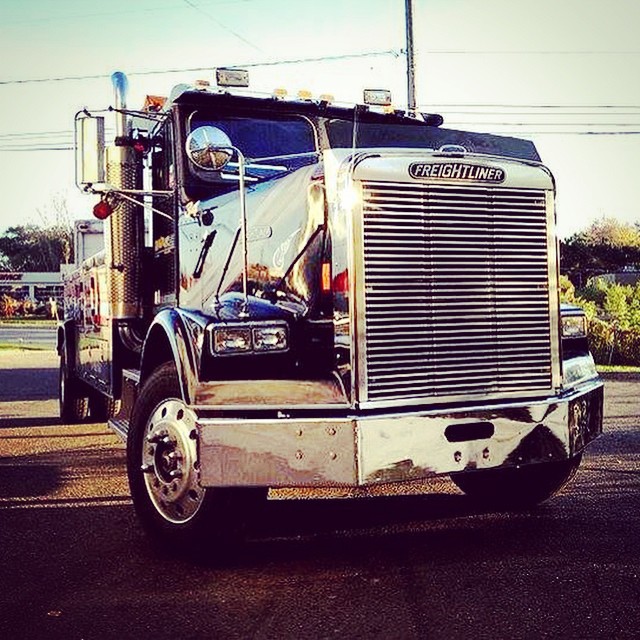Most of the time you will want to book trips that are short enough to complete in one day. These shorter trips are easier to complete, often pay a higher revenue per mile (RPM), and help you to spend less time on the road all while maximizing profits. However, there are times when you will need to spend more than just a day driving. These longer hauls need to be analyzed carefully so that you’re not just maximizing your RPM, but also your revenue per day (RPD).
Triangular Routes
Suppose you have a trip that is 750 miles or so. That is easily two days on the road, so instead of driving straight through on the return you divide the return trip into two shorter trips in order to make the most of your RPM, thinking that in the end you will make more money than if you did a long haul out, and a long haul back. But that may not be in your best interest.

For instance, you are travelling from City A to City B, a total of 750 miles. You can expect to be on the road for 2 days and one day unloading: a total of 3 days. However, since the RPM on the way back is lower, you want to make the most of your RPM and you decide to do a triangular trip on the way home.
Going from City B with a stop at City C, and then proceeding back to City A can have a significant impact on your RPM because the two shorter trips will have higher payouts. Your overall take-home pay will be much higher, but it could come at a cost. You will spend 1 day driving, 1 day unloading and loading, 1 day driving, and one day unloading: a total of 4 days. Your return trip home pays more than a straight shot, but it costs you an extra day.
Let’s put some numbers to our hypothetical scenario. Travel from A to B pays $2.50 per mile, grossing you $1,875 for the three days; or $625 per day. Travel from B to A pays $1.30 per mile, grossing you $975; or $325 per day. Your total trip with two long hauls is $2,850; or $475 per day.
Using the two shorter routes on the trip home you might be able to pick up RPM’s of $1.75 (even though you’re driving a few extra miles). Let’s assume the added stop puts on 25 extra miles, so you are sitting at $1,356 for the return trip home because of that extra stop. That’s $381 more than going straight through; sounds like a good deal right? But you must consider the extra day. On the trip home you’re getting $339 per day, and for the entire round trip you make $3,231; or $461 per day. An added leg actually makes you less money per day even though the RPM is higher.
A to B and then B to A = 6 days at $475 per day
A to B and then B to C to A = 7 days at $461 per day
Factor Your Revenue per Day; not Your Revenue per Mile
This whole example is to say that even though your revenue per mile might be higher by taking shorter trips, you have to keep in mind loading, unloading, and down time. When you include the added time expense, you end up making less money per day even though you are making more money per mile. So be sure to calculate out your RPD and not just your RPM.